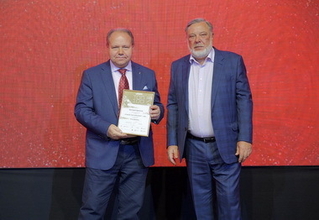Lock-in Amplifier SU-1
| Download Lock-in Amplifier Datasheet (PDF, 458 KB) |
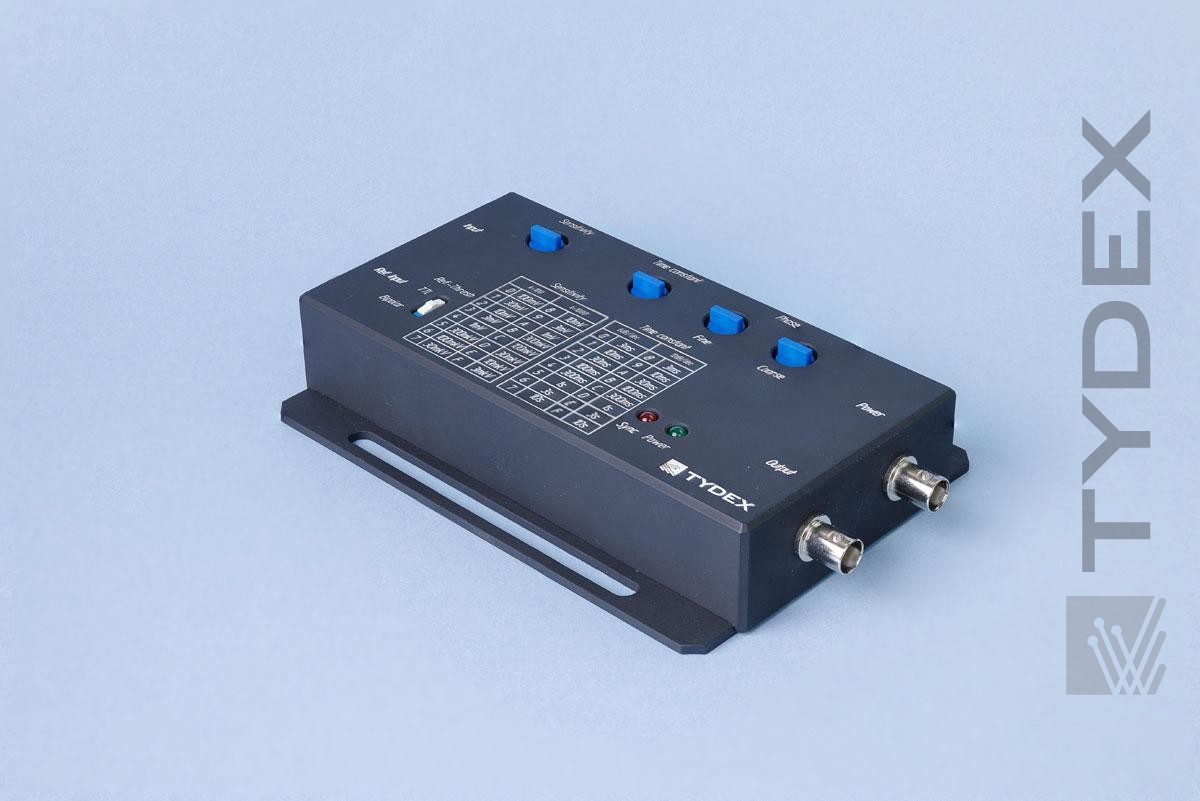
It is a homodyne detector with a low pass filter. An external reference signal is required to operate SU-1. All operating parameters (amplification, time constant and phase) are manually adjustable. Also this detector is used to measure phase shift of the signal. Schematic diagram of the detector SU-1 is provided in fig.1.
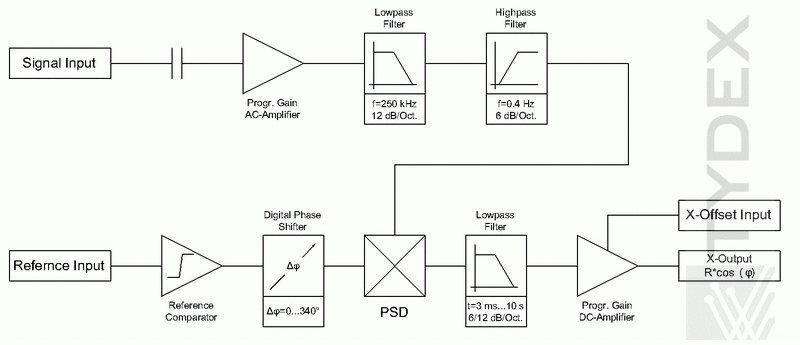
Fig. 1. SU-1 schematic diagram.
The principle of operation of SU-1 is based on orthogonality of two sinusoidal functions. When a product of two sinusoidal functions with non-matching frequencies f1 and f2 is integrated over time well above their periods, the result is zero. On the other hand, when f1 = f2, and both functions are in phase, integrated average is equal to half of the product of the functions’ amplitudes.
SU-1 multiplies input signal to reference signal (from built-in generator or external source) and integrates the product over specified time (usually from milliseconds to a few seconds). The result is a DC signal, and the effect of any other signal not matched by frequency to the reference is dampened to almost zero. Same-frequency component that is not in phase with the reference signal is attenuated too (since same-frequency sinusoidal and cosinusoidal waves are orthogonal).
SU-1 is to be used to amplify high-noise signal produced by the following means of detecting of THz radiation: electro-optical detection of pulsed THz radiation and of detection of THz radiation using the following detectors: Golay detectors, cooled bolometers, pyro-electric THz radiation detectors, semiconductor THz radiation detectors, novel THz radiation detectors.
The figures 2 and 3 respectively show the signal dependence on SU-1 gain factor and time constant. This signal is a temporal shape of THz impulse obtained by EOD.
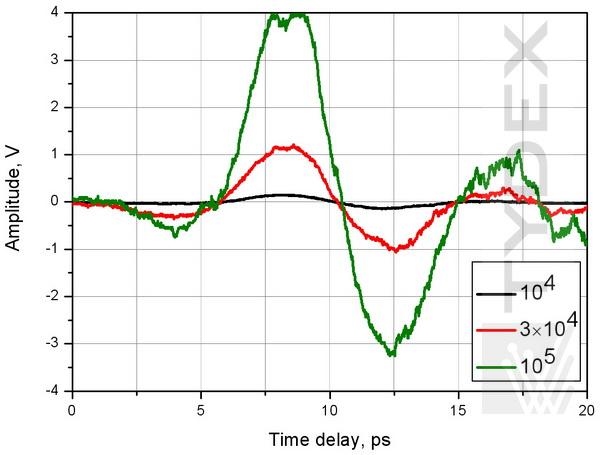
Fig. 2. Signal level at various gain factor settings. 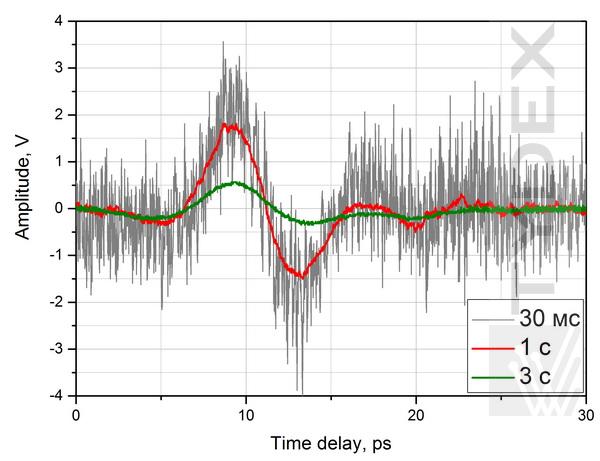
Fig. 3. Signal level at various time constant settings.
Specification:
|
||||||||||||||||||||||||||||||||||||||||||||||||||||||||||||||||||||||||||||||||||||
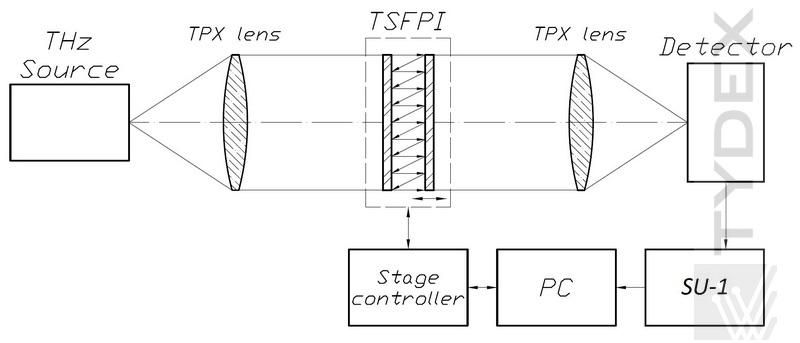
Fig. 4. Sample application of SU-1 within THz radiation detector based on
THz scanning Fabry-Perot interferometer with Golay Detector
Key features:
- Operating frequency up to 250 KHz;
- Adjustable sensitivity, time constant and phase;
- Compact and EMI (electromagnetic interference) shielded enclosure.
SU-1 package includes
- electronic unit,
- power supply,
- 3 RF-connector cables (1.5 m each),
- operating mannual.
Following accessories for SU-1 can be supplied separatly:
- Golay Detector GC-1P/T/D;
- BPF (band pass filters) for a specified wavelength within 0.1-15 THz range;
- LPF (low pass filters) to filter out IR radiation with the following cut off frequencies: 23.4 THz, 23.3 THz, 23.1 THz, 14.3 THz, 10.9 THz, 8.8 THz, 5.5 THz, 4.3 THz, 4 THz, 3.2 THz;
- a set of attenuators with 1%, 3%, 10% и 30% transmittence;
- TPX and HRFZ-Si lenses.
For quotation and delivery please fill in our request form.
Optics is ready to be shipped!
Optics Stock
Shipment/ Payment/ Warranty ...

